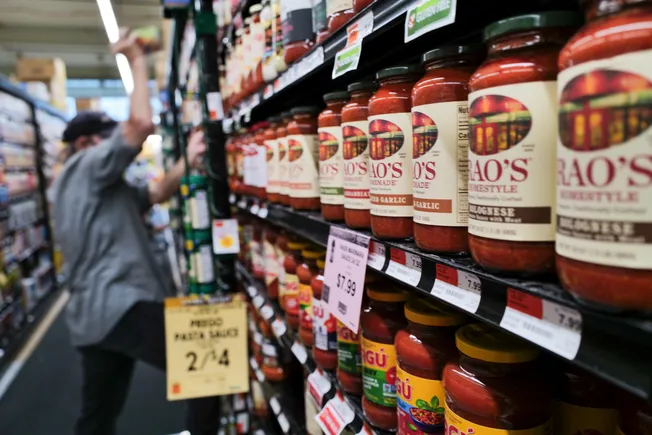Producers, investors, and industry experts have been closely monitoring the rapid evolution of the food and beverage sector in recent years, with trends that are expected to continue shaping the industry through 2025. One of the key trends driving this transformation is the increasing popularity of GLP-1 medications, leading consumers to prioritize better-for-you foods and drinks. This shift in consumer preferences presents a significant opportunity for companies to capitalize on the demand for products with higher protein and lower sugar content. In addition, there is a growing awareness among consumers about the health risks associated with ultra-processed foods, prompting many to make changes to their diets. Analysts anticipate that this trend will gather momentum in the coming year, posing a challenge to established packaged food companies and prompting them to reevaluate their product offerings.
The integration of AI technology into various aspects of the food industry is also reshaping the landscape, as manufacturers seek to enhance efficiency in their supply chains and accelerate the development of new products. This technological advancement is enabling companies to stay ahead of the curve and meet the evolving demands of consumers in a fast-paced market environment.
Amidst the rapid pace of change in food and beverage trends, major consumer packaged goods (CPG) companies are exploring new avenues for growth through mergers and acquisitions. Notable deals from the previous year, such as Mars’ acquisition of Cheez-It maker Kellanova for $36 billion and PepsiCo’s purchase of better-for-you snacks maker Siete Foods for $1.2 billion, highlight the strategic investments being made by companies to expand their product portfolios and capture market share.
The alcoholic beverage industry is facing a shift in consumer preferences, particularly among younger generations who are drinking less compared to previous generations. Market leaders such as AB InBev and Molson Coors are adapting to this changing landscape by diversifying their product offerings to include nonalcoholic cocktails and energy drinks, in an effort to appeal to a broader audience and gain traction in emerging market segments.
As we look ahead to the coming year, several key storylines are expected to unfold within the food and beverage sector. Companies will continue to innovate and adapt to shifting consumer preferences, with a focus on developing products that align with the growing demand for healthier and more sustainable options. The industry will also see increased collaboration and partnerships as companies seek to leverage each other’s strengths and capabilities to drive growth and innovation.
In conclusion, the food and beverage industry is undergoing a period of rapid change and evolution, driven by shifting consumer preferences, technological advancements, and strategic investments by companies. As the sector continues to evolve, companies will need to stay agile and responsive to emerging trends in order to remain competitive and meet the evolving needs of consumers. By embracing innovation and adapting to changing market dynamics, companies can position themselves for success in the dynamic and ever-evolving food and beverage landscape.




